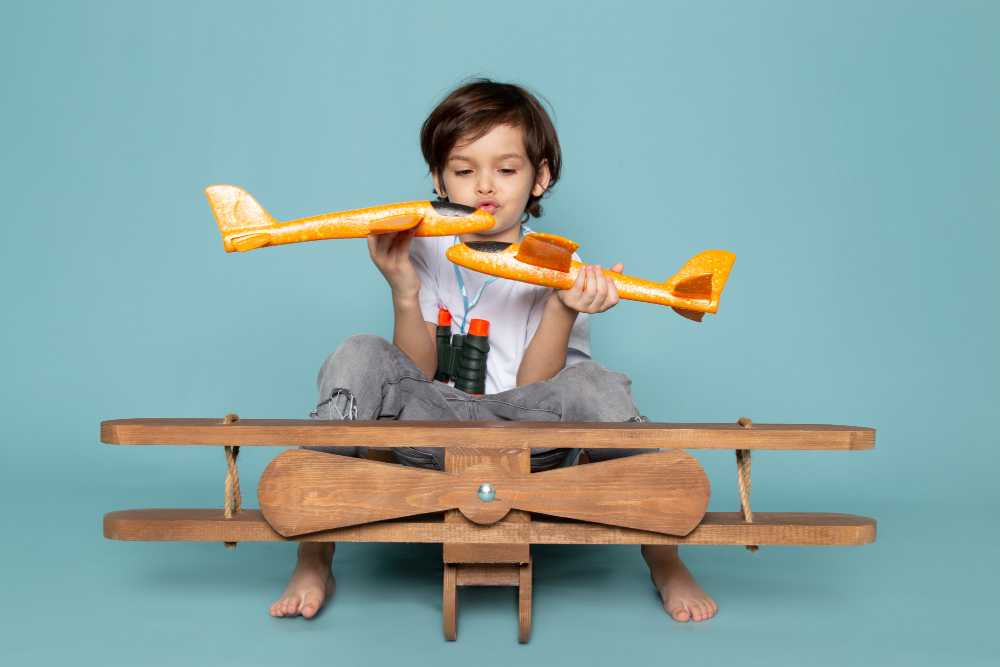Children get influenced very fast when it comes to buying a toy they just saw in a shop or on the television. But you as a parent often fear is it the right thing to buy? Well, let’s accept the fact that you are the best person to know your child. Whether you choose a prescriptive toy like a chemical set or a science kit, or an “open-ended” toy-like plastic bricks or building blocks doesn’t matter. Any toy can be educational if you connect with your children and talk to them about what they are doing and learning.
Several toys on the market claim to encourage learning, inspire creativity, and improve children’s STEM abilities. While many parenting blogs warn against buying “one complete” toys, social media influencers make us feel like we’re not measuring. Kids will be kids, pleading for what their friends have or what they’ve just seen on YouTube.
Lego
In fact, Lego is a great place to start! The blocks are suitable for a wide variety of ages. You can purchase either highly prescriptive kits that need strict adherence to a design or general sets, including random blocks that can be used to create something unique and improvised. Alternatively, you can purchase various other types of blocks, such as wooden or magnetic ones, on the market.
Regardless of the type, playing with blocks enables youngsters to design, construct, and experiment with their engineering creations.
Parental power.
Parents or carers can play with their children while they are playing with their blocks and engage them in dialogue about the form and structure they are making. So please give it a shot. Positional and relational languages are two types of languages. Ask the following questions to expand your vocabulary.
- Do you think you can make this tower tall enough to reach the top of the table?
- How many blocks surround the foundation of this structure?
- To build a fence around this house, what kind of block do you need? Is it possible for me to use other materials?
- What should be affixed to the structure’s top?
While your child is playing, talk to them to help them explain their thoughts and expand their language. It teaches children about mathematical concepts. Numbers, measures, spaces, and scientific procedures, including observation, planning, estimation, and problem-solving, are examples of scientific processes. It’s a fantastic opportunity to exchange ideas and speak with one another.
Board games
Similarly, I’m a fan of games like Uno and board games that require you to complete objectives, whether it’s removing all of the cards or running around the board. This allows youngsters to experience both wins and losses, planning and strategy, and dealing with unintentional elements such as rolling dice. Counting, numbering, and chance are all present in both snakes and ladders and ludo’s. They frequently motivate kids to create their own games.
Other Toys
Children are frequently inspired to make up their own games as well.
Then there are toys and materials made particularly to encourage STEM study. However, these aren’t the only ways to improve these abilities.
Being a good STEM learner is crucial and valuable in today’s world. STEM learning allows young children to explore the world around them, creatively thinking systematically. study concepts, use critical and gain confidence and skills.
Let’s understand that everything can be the right toy with the correct perspective. What matters most is having the opportunity to play and converse with your child. This will provide children with the knowledge, skills, and confidence they need to succeed at any age.


